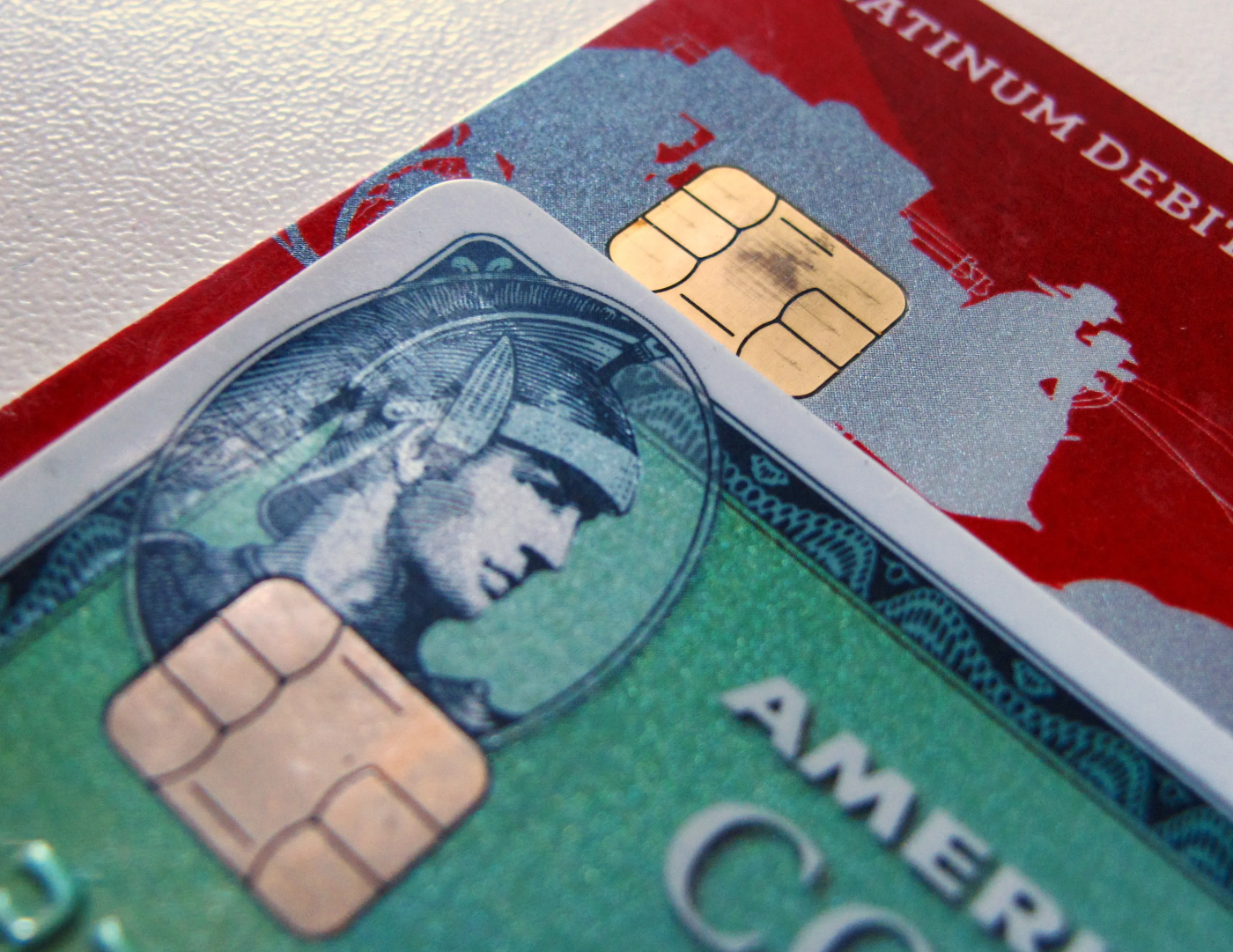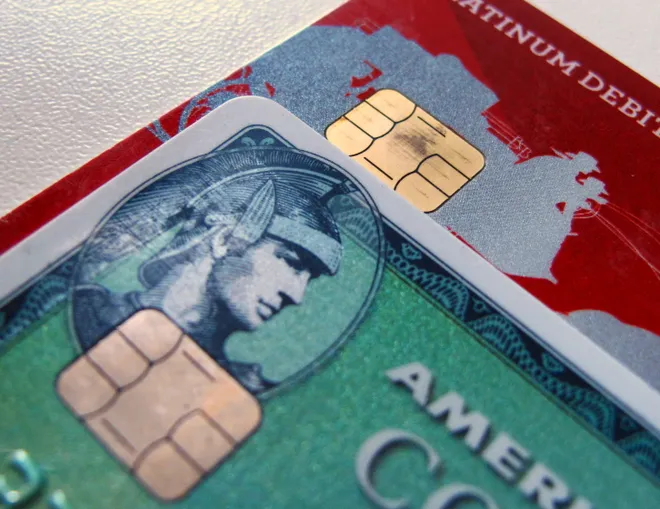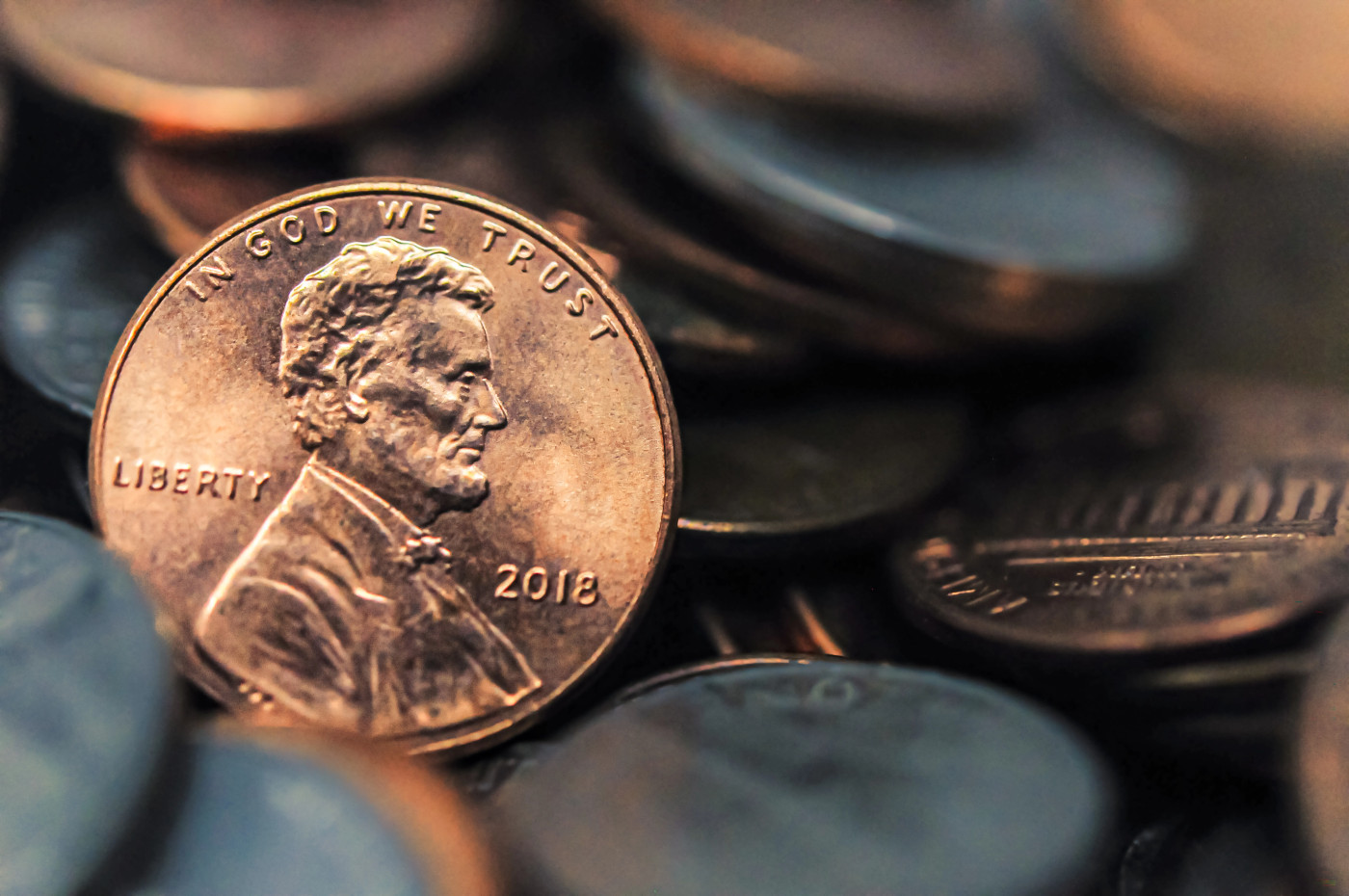
Skimming scams on the rise: Here is how to protect yourself
- The incidents highlight the growing problem of skimming scams, which have seen a significant increase in recent years.
- The FBI advises consumers to be vigilant and inspect card readers for any signs of tampering to protect themselves from such fraud.
Skimming scams have continued to be on the rise, according to data analytics firm FICO, which noted a 96% increase in such scams in 2023. According to the FBI, skimming scams cost consumers upwards of a billion dollars a year in the United States.
In 2023 and 2024, the FBI and Department of Justice issued multiple releases about Romanian organized crime activity linked to credit card skimming activity in the United States, in multiple locations that ranged from Los Angeles, California to Norfolk, Virginia and the arrests of multiple Romanian nationals related to those activities.
In one case, the FBI announced that an operation in Romania targeted 84 sites related to credit card skimming fraud, resulting in the arrests of 48 subjects and seizure of over 8,000 stolen credit card numbers as well as approximately $1 million USD worth of various currencies.
That case noted it was the "culmination of a three-year investigation conducted by the FBI and Romanian authorities targeting organized crime figures conducting ATM skimming operations in the United States and the money laundering apparatus used to send the profits of their crimes through western Europe back to Romania."

In Oct. 2024, the U.S. Attorney's Office of the Western District of Pennsylvania announced that two Romanian nationals were sentenced for skimming fraud in Pittsburgh.
Need a break? Play the USA TODAY Daily Crossword Puzzle.
How to spot a credit card skimmer
According to public advisories provided by the FBI, there are many forms of credit card skimmers, which typically depend on the target.
Targets of such scams can be ATMs, point-of-sale terminals such as self-checkouts, or fuel pumps, the FBI said. Skimming devices can be placed on, or inside of ATMs and fuel pumps, but are normally placed on the exterior of self-checkouts.
Victim of fraud?:Protections are different for debit, credit cards.
In ATM and point-of-sale skimmers, the devices can be inserted into the card reader, placed over the keypad, or overlayed on the terminal.
Point-of-sale terminal skimmers are typically designed to be fast to install, the FBI said, due to the need to distract store clerks while the device is placed. In some instances, a keypad may be installed overtop of the device's keypad, to copy the keystrokes of a customer's pin.
Skimming devices most often hold data to be recovered later, but some may transmit the data wirelessly, the FBI said.
Tips to avoid ATM and point-of-sale skimmers:
- Inspect ATMs, POS terminals and other card readers before using. Look for anything loose, crooked, damaged or scratched. Don't use any reader if you notice anything unusual.
- Pull at the edges of keypads before entering your PIN, to check for a keypad overlay.
- When possible, use debit and credit cards with chip or tap-to-pay technology, as skimmers most often target magnetic strip data.
- Routinely monitor your credit card, bank and EBT or other benefits accounts to promptly identify any unauthorized transactions. Consider setting up email or text message alerts to notify you of transactions.
- Contact your financial institution immediately if the ATM doesn't return your card after you end or cancel a transaction, which could suggest the presence of a foreign device in the card reader.
Tips to avoid fuel-pump skimmers:
- Choose a fuel pump that is closer to the store and in direct view of the attendant, as these pumps are less likely to be targets for skimmers.
- Run your debit card as a credit card. If that isn't an option, cover the keypad when you enter your PIN, as the skimming scams may involve the use of pinhole cameras to record pin numbers.
- Examine the keypad before use for any inconsistencies in coloring, material, or shape. These inconsistencies might suggest that a foreign device, such as a keypad overlay, is present.
- When possible, use debit and credit cards with chip or tap-to-pay technology, as skimmers most often target magnetic strip data.
Harrison Jones is the Hanover reporter for The Evening Sun. Contact him at [email protected].

